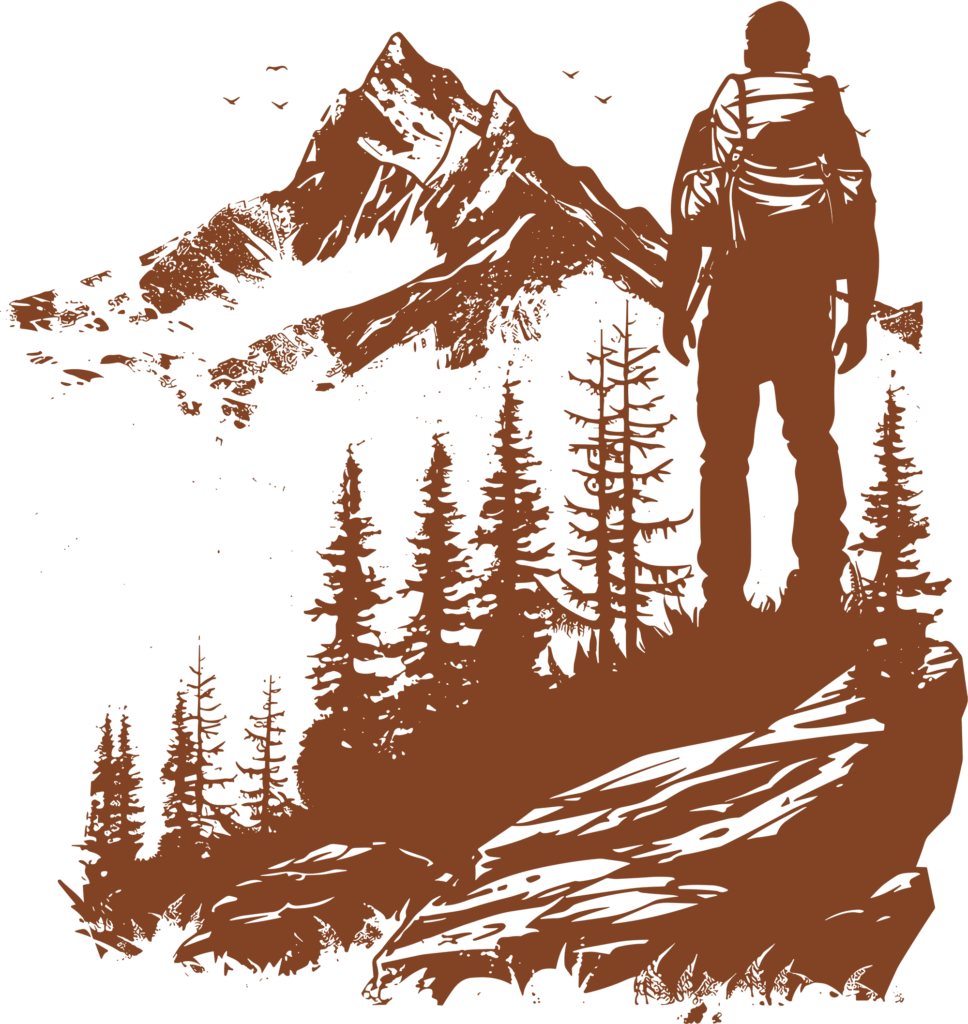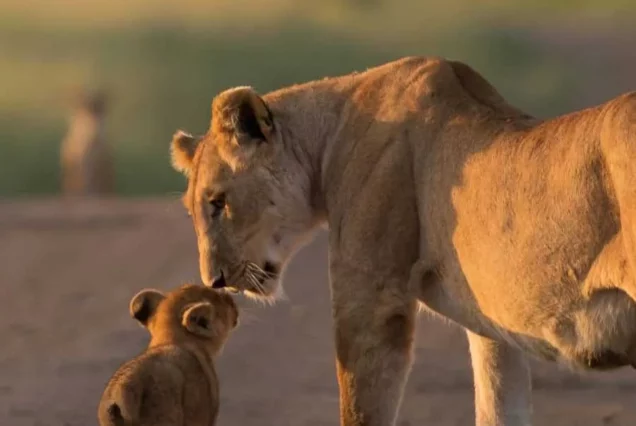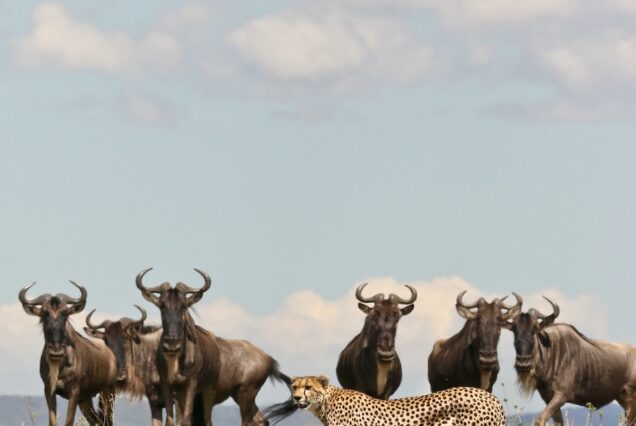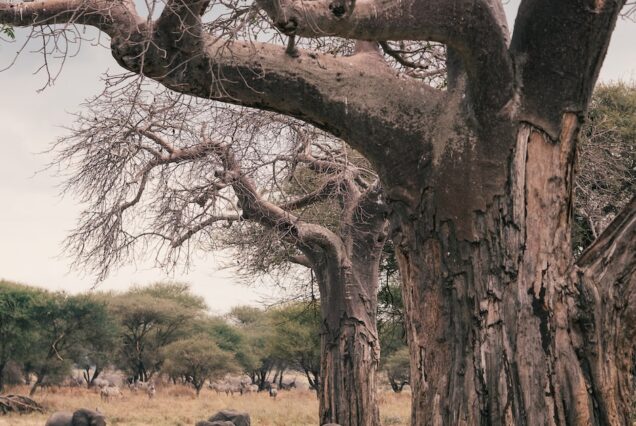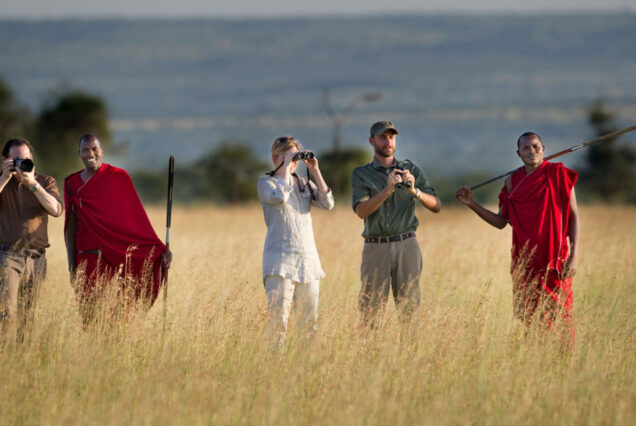A Gem in the Rift Valley
Nestled within the majestic Great Rift Valley in Tanzania lies Lake Manyara National Park, a diverse ecosystem teeming with wildlife and stunning scenery. Covering an area of 325 square kilometers, this park offers everything from lush forests and vibrant grasslands to a vast alkaline lake teeming with flamingos.
Park Overview:
- Established in 1960, Lake Manyara National Park is a UNESCO World Heritage Site and a popular destination for wildlife enthusiasts.
- The park boasts a diverse range of landscapes, including acacia woodlands, alkaline lake, lush groundwater forests, steep escarpments, and hot springs.
- The park is home to over 400 bird species, including the iconic pink flamingoes, pelicans, and storks.
- Other notable wildlife include elephants, giraffes, zebras, buffaloes, lions, hyenas, and the famous tree-climbing lions unique to this park.
Activities for Tourists:
- Game drives: Explore the park in a 4×4 vehicle and spot a variety of animals in their natural habitat.
- Birdwatching: With over 400 species of birds, Lake Manyara is a paradise for birdwatchers.
- Canoeing: Take a peaceful canoe trip on Lake Manyara and observe the abundant birdlife.
- Hiking: Hike through diverse landscapes and enjoy breathtaking views of the park.
- Visit the Endabash Crater Lake: Explore this crater lake and its surrounding forest, a hidden gem within the park.
- Cultural experiences: Immerse yourself in the local culture by visiting nearby villages and learning about traditional ways of life.
Fun Facts:
- Lake Manyara National Park is home to the famous “tree-climbing lions,” which are known to laze in the branches of acacia trees.
- The park’s diverse vegetation supports over 500 species of plants, including giant fig trees and mahogany trees.
- The alkaline Lake Manyara is home to millions of tiny crustaceans that attract large flocks of flamingos.
- The park is also a haven for primates, including baboons, vervet monkeys, and blue monkeys.
- The park’s name derives from the Maasai word “Manyara,” which means “place of the Euphorbia plant.”
Best Time to Visit:
- Dry season (June to October): This is the peak season for game viewing, with clear skies and animals congregating around water sources.
- Wet season (November to May): The park is lush and green during this time, with waterfalls cascading down the escarpment. However, some roads may be impassable.
- Shoulder seasons (April-May and October-November): These months offer good game viewing with fewer crowds.
Accommodations:
Lake Manyara National Park offers a variety of accommodations to suit different budgets, from luxury lodges to tented camps and campsites. Some popular options include:
- Lake Manyara Serena Safari Lodge: Luxurious lodge offering stunning views of the lake and surrounding savannah.
- Lake Manyara Kivu Lodge: Eco-friendly lodge nestled within a forest, offering unique treehouse accommodation.
- Migunga Tented Camp: Comfortable tented camp located within the park, providing a close-to-nature experience.
- Lake Manyara Camping Site: The public campsite offers basic facilities, ideal for budget-conscious travelers.
Lake Manyara National Park offers something for everyone, whether you’re a wildlife enthusiast, a nature lover, or simply seeking a unique African experience.
Sample Itineraries
Trips To Inspire
From majestic wildlife to out of this world natural wonders, enchanting beaches and intriguing cities, every bespoke safari is thrilling. Whether it’s a bucket-list adventure, a milestone celebration or simply a much-needed escape, experience the joy with this inspiring selection of favourites.
Destinations
- Northern Circuit
- Southern Circuit
- Western Circuit
- Eastern/Coastal circuit
- Zanzibar and Pemba Island
- Mafia Island
Experiences
- Adventure
- Wildlife Safaris
- Beach Holidays
- Celebration
- Luxury Escapes
- Family Holidays
- Combo safaris
- Hot Air Balloon safaris
- Sunrise and Night Game drives
- Cultural Tours & Day Trips
Support
- About Us
- Who we are/Our story
- Our Values
- Our Team
Follow Us

